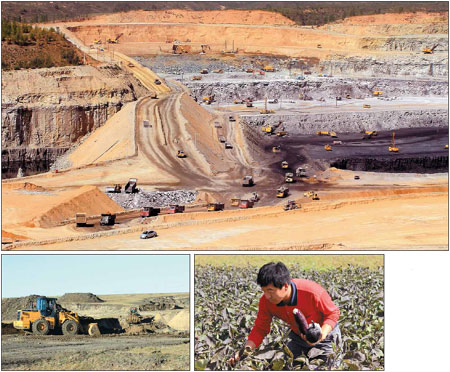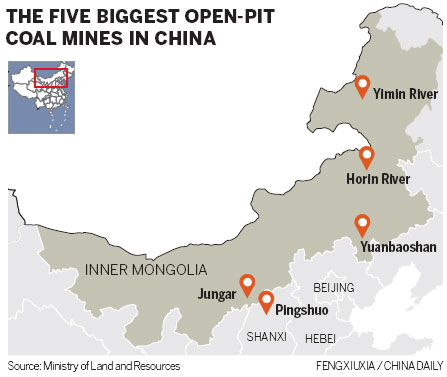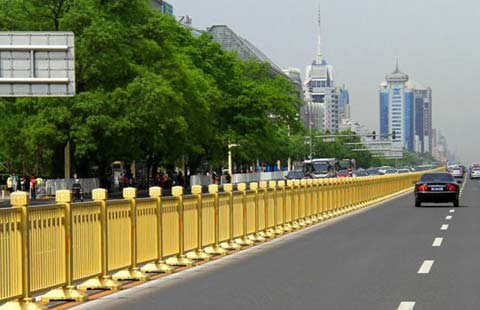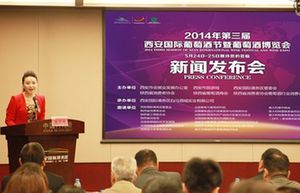Mining wasteland faces green challenge
By Wamg Kaihao ( China Daily ) Updated: 2013-11-05 07:20:33Ecosystem restoration is no easy task, reports Wang Kaihao in Ordos, Inner Mongolia.
Rugged mountain roads lead to one of China's largest coal mining areas, along the border between the Inner Mongolia autonomous region and Shaanxi province.
The land is barren, with annual rainfall of just 350 millimeters. The climate is arid.
 |
|
Clockwise from top: Wujiata is one of the biggest coal mines in Ejin Horo. |
In Ejin Horo Banner, a county-level administrative region in the south of Ordos, although the price of coal has fallen by almost half from its 2008 peak, vans still shuttle busily around the large open-pit mines.
However, for the locals, one environmental issue remains a central concern irrespective of conditions on the coal markets.
The problem is how to return the landscape to its natural state when coal supplies are exhausted and the mines closed.
As he climbed a hill overlooking a mine, Song Zhipeng, director of the office that supervises land use at the banner's land and resources bureau, pointed to a plain where several vans were transporting earth dug from the mines to level the rugged terrain.
"The mine operators have to be responsible for the land they have exploited and the environment they've affected," said Song, who admitted that mine reclamation is a tough task.
"The situation is becoming increasingly urgent as the resources on farming land become rarer. If we don't utilize abandoned mining land, the original terrain will be destroyed and that will cause ecological problems," he said. "One of our major concerns is soil erosion."

|
|
|
|
|
|
|
|


















 Op Rana
Op Rana Berlin Fang
Berlin Fang Zhu Yuan
Zhu Yuan Huang Xiangyang
Huang Xiangyang Chen Weihua
Chen Weihua Liu Shinan
Liu Shinan